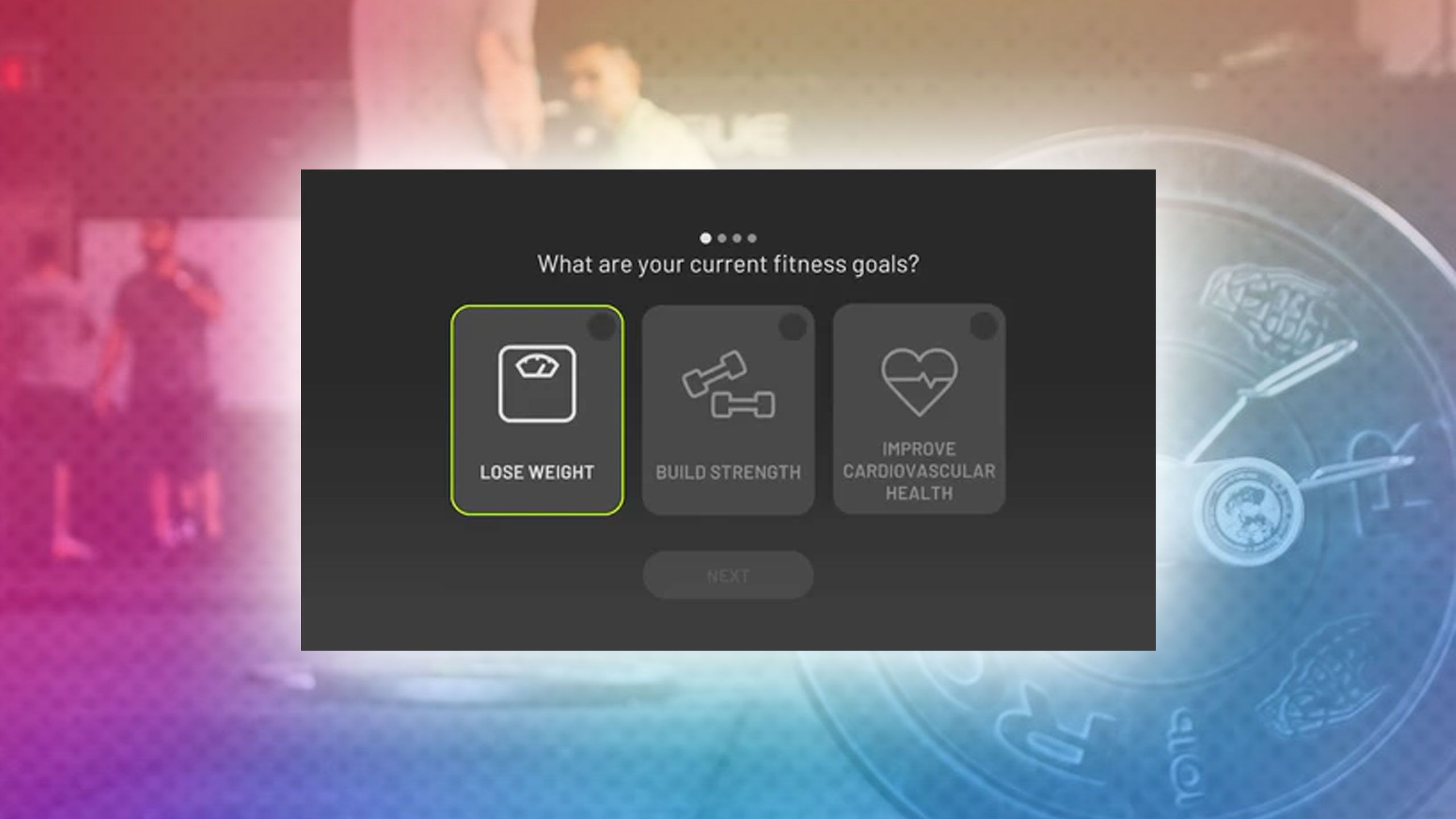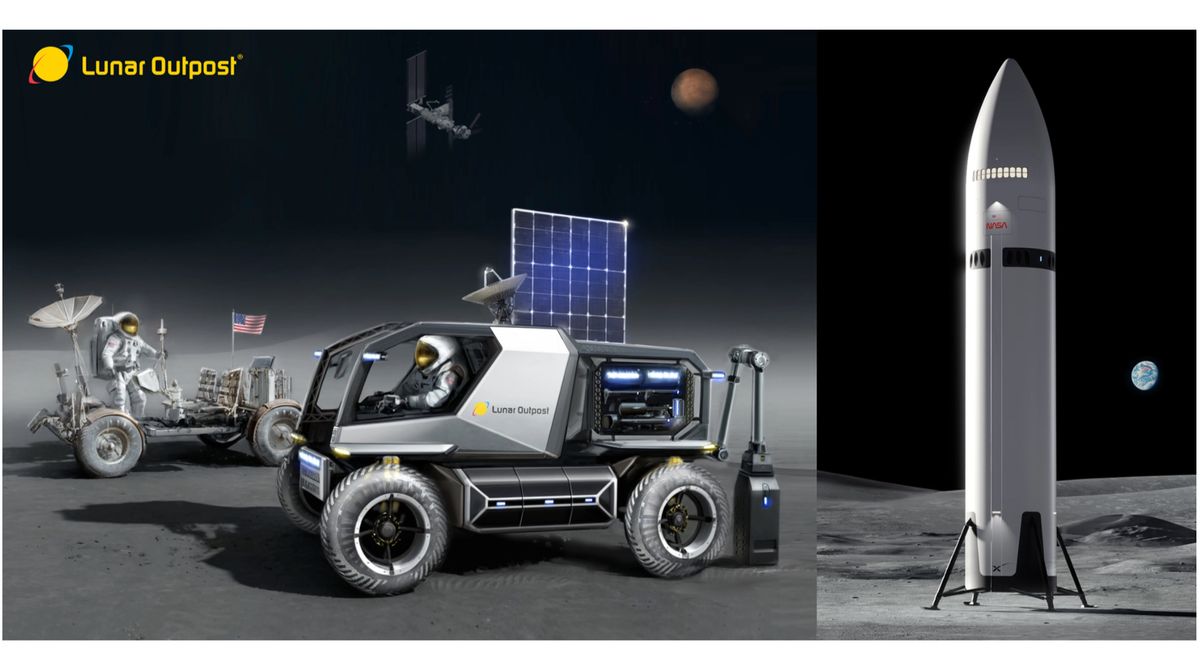I left my first 15-ish hours with Star Wars Outlaws feeling not fully enthused, but hopeful that the game would turn out to be a good time. The protagonist, Kay Vess, was starting to grow on me as a character. I was enjoying the look and feel of the various Star Wars locations the game goes to.
World
Star Wars Outlaws review: the limits of an open-world adventure

Over the additional 15 hours it took to complete the game’s critical path, those hopes didn’t pan out. Star Wars Outlaws is a visually beautiful experience set in a compelling franchise setting, but the things you actually do in the game are so simple and same-y that they just don’t generate interest or momentum. Before too long, only the main story felt rewarding enough to bother with.
Outlaws spends its first 10 hours or so introducing Kay and her salamander-cat-whatever partner, Nix; the story’s inciting incident (a heist in her home of Canto Bight that goes so phenomenally wrong it earns her a death warrant from a crime syndicate); and their resulting flight off-world to newer pastures. Kay steals an old but valuable ship called the Trailblazer during her escape and proceeds to crash it on Toshara, an inhabited moon in another part of the galaxy. The opening hours also introduce a number of major characters, all the core gameplay systems, and the variety of open-world activities you can get down to, before culminating in a quest to fix the Trailblazer’s hyperdrive. That upgrade opens up access to the rest of the planets in the game: icy Himalayas analog Kijimi, swampy jungle Akiva, and familiar desert hellhole Tatooine.
Once the galaxy is open to Kay, you can bop back and forth wherever you want to pursue a variety of activities: taking contracts from underworld Brokers, finding Mentors to teach her new skills, flitting around the local space surrounding each planet in the Trailblazer looking for lost cargo (or obliterating pirates)… whatever strikes your fancy. Progress is tied to an Ocean’s Eleven-style heist plan, which involves recruiting the experts needed to break back into the same vault from the intro that got Kay her death mark in the first place.
Outlaws blessedly does not shove an icon-crowded map in your face and scream “SWIM FOREVER!” after pushing you into a lake. The locations of gear, crafting materials for upgrades, and other treasures — and the activities that provide them — come in the form of intel: overhearing people talking in bars in the game’s populated safe zones, hacking computers in Imperial bases or crime syndicate hideouts, and even sometimes just walking by someone who will literally shout “HEY, KAY VESS” so that you walk over and talk to them.
The amount of stuff there is to do is staggering. Brokers give missions for everything from ferrying cargo across a city to blowing TIE fighters out of the sky. Each of the game’s four competing crime syndicates have bases and vaults hidden on every planet that can be robbed of riches or scoured for intel. People on speeder bikes will challenge you to races as you ride by. There’s Kessel Sabacc, a variant of the classic Star Wars universe card game, to play against random gambler schlubs and high rollers alike. In the absence of the Ubisoft Icon Glut Map, you have to organically stumble on a lot of these activities, which can make the act of poking the corners of the world feel like it has some payoff.
The big problem here is that while the galaxy is full of stuff to do, it didn’t take long before I simply decided I didn’t want to do any of it, because it just didn’t feel particularly engaging or interesting. A major factor in this is that many of the rewards or treasures I did chase ended up being paint jobs for Kay’s speeder, or engine color options for the Trailblazer. I have no issue with cosmetic rewards. However, if I spend an aggravating 30 minutes trying to be a good little space thief who sneaks by Jabba the Hutt’s veritable army of miscellaneous goons, only to discover that inside the shiny treasure chest in his heavily guarded Tatooine basement is a spaceship paint job, well… that’s kind of annoying.
The other concern here is that Star Wars Outlaws tries to include so many things — stealth, third-person shooting combat, vehicle racing, space combat, arcade-y minigames — that it can’t devote the necessary time to making any of them feel robust and complete. Exploring the open world made me wish I was playing Breath of the Wild or Skyrim. Every time I had to do combat, I wished I was playing Mass Effect instead. It’s not that the gameplay here is poorly designed, but that it’s very surface level.
A reasonable comparison might be the later Saints Row games, which are also open-world games full of repetitive activities. The big difference is that Outlaws’ missions don’t have the same panache or bombast that keep Saints Row this side of stale; instead of “this time, kill the pedestrians with a dubstep cannon,” Kay is left to do the same things in the same ways with the same tools, over and over again. Worse, some activities are, frankly, overdesigned. An extended five-minute quick-time event to eat corn on the cob is just excessive, but it’s there!
Stealth — the thing that Star Wars Outlaws will ask you to do most often — is probably the most egregious offender here, sadly. A huge amount of the critical path, and the lion’s share of the open-world content that I actually tried, involves stealth: breaking into locations, stealing items, and getting out safely. There are hints of Assassin’s Creed and, more surprisingly, Metal Gear Solid 5 in here that suggest an interesting setup. In practice, though, the array of tools at Kay’s disposal is simply too limited.
Yes, she can sneak up behind a stormtrooper or guard and knock them out silently… but then she has to just leave the body where it is and hope nobody comes across it (they will absolutely come across it). Nix, Kay’s animal buddy, is the primary stealth tool, but he isn’t as useful as one might imagine. Yes, Nix can do things like set off explosive barrels from a distance, but that usually ended up making more trouble for me instead of helping (as swarms of curious guards arrived to check out the blast, making it that much harder to find a place to actually hide). Nix is most useful in luring guards away from their posts so you can silently take them down, but he can only distract one at a time, and the controls for doing it are often tediously frustrating to get just right.
On top of that, far too many stealth missions involve a “don’t get caught” or “don’t let the alarm get raised” fail state that, due to your lack of tools, is annoyingly easy to trip by accident. Add to that the game’s restrictions on quicksaving — you can’t save during a mission, and must rely only on checkpoint saves, which are somewhat erratic — and you get a recipe for deep frustration that led me to turn the game off as I muttered “I will do this later” more than once.
On the PS5 dashboard, the little tagline for Outlaws when it’s selected reads, “If you’re willing to take the risk, the galaxy is full of opportunity.” I honestly wish Massive had taken its own advice there
There are plenty of other issues that contribute to this feeling of systems only being partially built out. Kay needs to carefully manage her relationships with the four crime syndicates she encounters — Crimson Dawn, the Pyke Syndicate, the Hutt Cartel, and the Ashiga Clan — but in practice, this doesn’t end up going anywhere. While a high reputation with a syndicate offers rewards, they’re not particularly necessary rewards. You can carefully circumvent the competing nature of the syndicates (many side missions involve gaining reputation with one at the expense of another) by later bribing the ones you annoyed, or simply doing missions in a calculated order so you’re never pissing anyone off too much. Truthfully, I’m not even sure it’s worth bothering to stay on a syndicate’s good side. A decent number of story missions involve breaking into hideouts even of syndicates you’re friendly with, but as these are all labeled “Restricted Area” locations, being friendly just means you lose reputation when they catch you there — and they’ll shoot you if they find you anyway.
The “hey, isn’t this neat?” energy at the core of Star Wars Outlaws, all the little loving details of the world, the sheer amount of stuff to do — hell, even the “long QTE to eat corn” thing — all say to me that Massive Entertainment wanted to fill the game with the kind of activities you’d expect in a huge, “living” Star Wars world. The problem is that in attempting to cram all this stuff in, the team had to slice off so many little bits of basically everything to get it to fit that the result feels a bit half-baked. Maybe the game would have felt more complex if I dedicated myself more fully to managing syndicate reputations, but the trip to get there was so full of the same mission type, over and over, that I stopped caring. Gating the good stuff is fine, but if you don’t provide a taste of it upfront, players will lose interest.
Massive does deserve praise for the game’s accessibility options, which are so numerous as to be borderline overwhelming (thankfully, they come with some presets). The “difficulty” setting is really just a gameplay preset of dials for elements such as enemy health and combat intensity. Each preset lists off the specific options it changes, so you can use them as starting points and then tweak individual settings. It allows any player to tailor huge aspects of the game to their liking so that the experience is right for them, which should just be an industry norm at this point. The aforementioned QTE for eating snacks can be turned off, for example. And regardless of one’s point of view on the notorious “yellow paint” wayfinding markers, there are options to disable them entirely, or to change their color and opacity so that they’re still visible but more understated.
I haven’t spoken much about Star Wars Outlaws’ characters or story, mostly to avoid spoilers. I will say that I really came to like Kay over time, and that the crew members she recruits for the heist are an interesting bunch. Gedeek, a nervy and idealistic droidsmith whose banter with Kay paints a fun picture of their childhood friendship, is a standout. However, Kay simply doesn’t spend enough time with these shipmates to truly sell or explore their connections, and a couple of late-game narrative turns rely on believing that certain characters are fast friends when the game hasn’t really provided enough to support that. Massive does find dimension in Kay over the critical path’s 35-40 hours. I enjoyed having a protagonist who would call the Rebellion on their bullshit when necessary, for example, when so many Star Wars stories are sharp binary, good-versus-evil tales where the Rebels are bastions of heroism.
On the PS5 dashboard, the little tagline for Outlaws when it’s selected reads, “If you’re willing to take the risk, the galaxy is full of opportunity.” I honestly wish Massive had taken its own advice there. I suspect Outlaws was intended to be — and I use this term with deep skepticism — “immersive”: a huge Star Wars world you could “get lost in” and “inhabit” while doing the endless array of things there are to do within. That’s really the open-world game promise in a nutshell: Come visit, and you can feel like you “live” here.
What I think the continual march of the genre has made clear, though, is that “living” anywhere is often a repetition of boring daily tasks: going to work, doing the laundry, cooking dinner. I don’t think I want to be “immersed” (whatever that means) in an open world anymore; I want to have a nice, tailored experience that lets me do something new and fresh. I think if Massive had built a tighter, more focused adventure and stepped away from the current model of open-world games, the studio would have made a defining Star Wars game. The elements of something great are all here. As it is now, the result is a game that tries to do so much that it simply doesn’t have the time, energy, or resources to fully succeed at any of it.
Star Wars Outlaws is out now on PlayStation 5, Windows, and Xbox Series X. The game was reviewed on PS5 using a pre-release download code provided by Ubisoft. Vox Media has affiliate partnerships. These do not influence editorial content, though Vox Media may earn commissions for products purchased via affiliate links. You can find additional information about Polygon’s ethics policy here.









